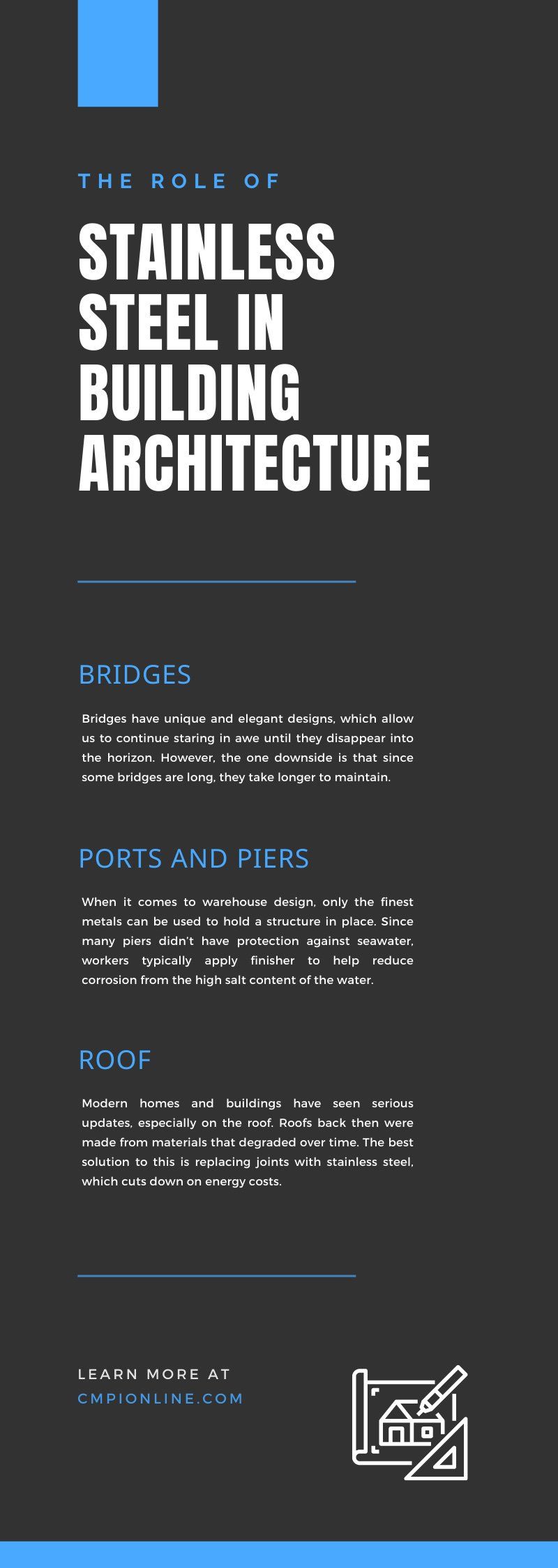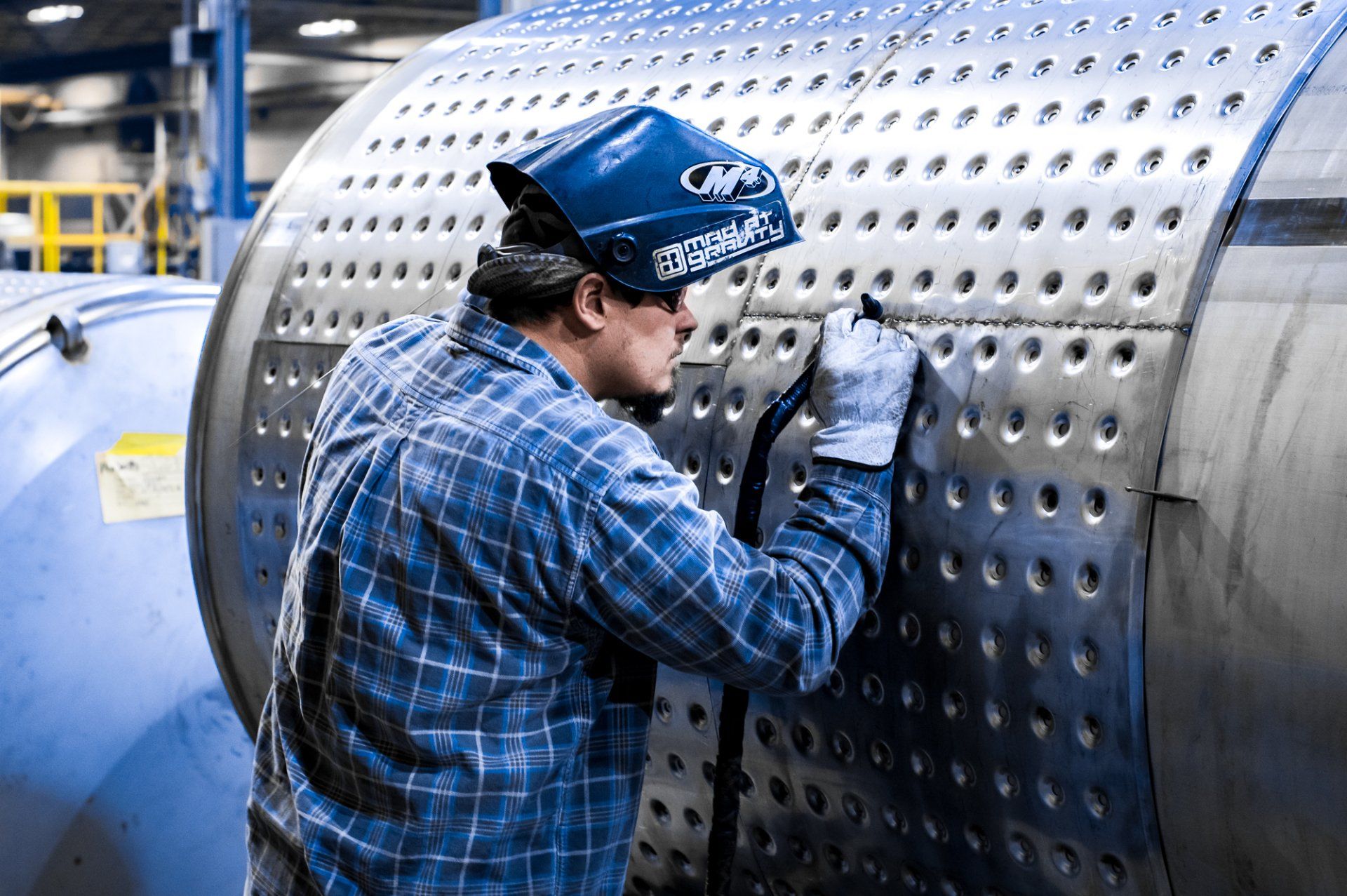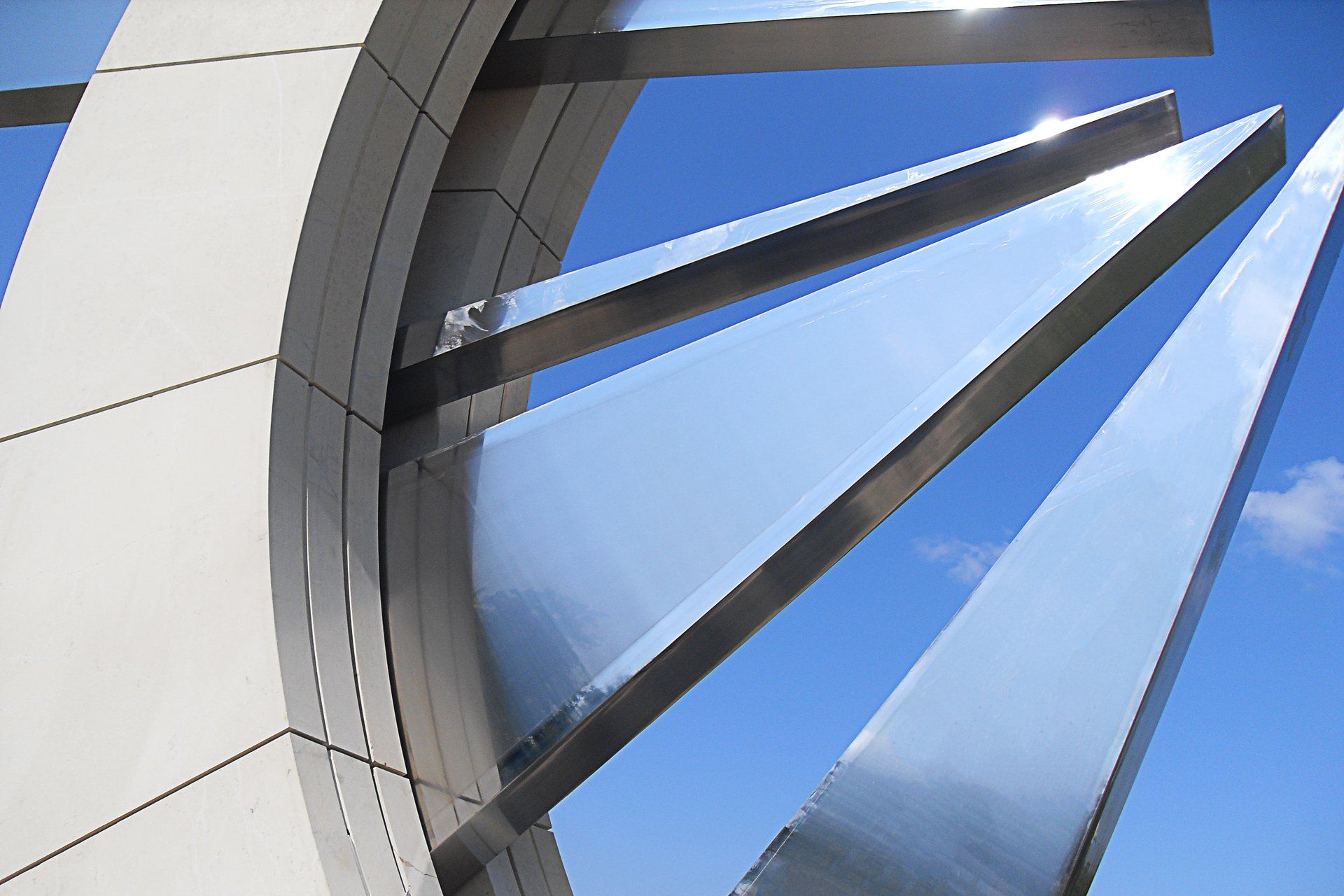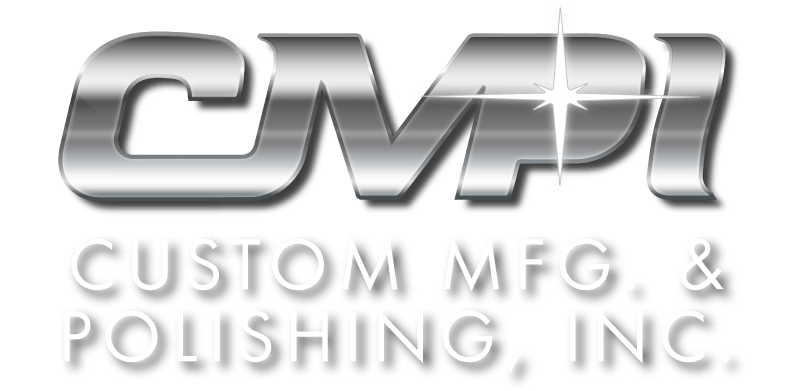The Role of Stainless Steel in Building Architecture
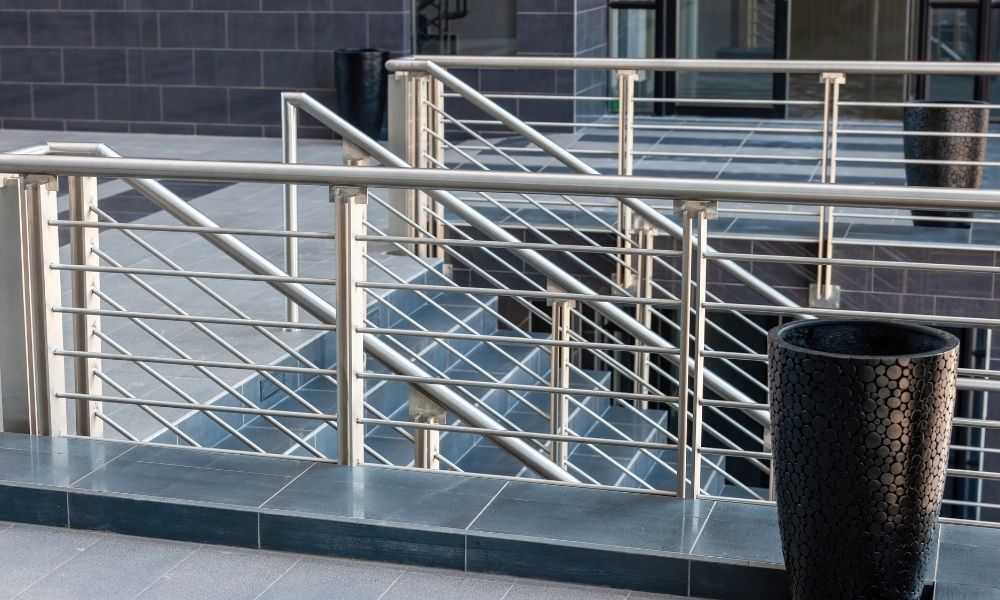
We can go through every day wondering how stainless steel affects our lives—from structuring a medical building’s layout to puncturing the skies of Dubai with a new durable structure. Modern architecture needs to be reinforced with a type of metal that can last for years and doesn’t rust. That’s the dream every architect envisions, and that’s exactly the role of stainless steel in building architecture.
How Stainless Steel Revamped Architecture
As older buildings are often considered landmarks, they often go to waste. Even though they are a stunning reminder of past popular materials, we run the risk of running out of ways to preserve these landmarks.
So, to revolutionize the industry, many got to work to find the best sources to reconstruct old buildings and use strong substances for newer builds. How exactly does stainless steel fit into this?
Well, for starters, this alloy is flexible to the point that it can shapeshift into any form a builder desires.
Additionally, it’s made from three different metals: iron, chromium, and nickel; however, other metals are sometimes added to achieve a particular look or shape.
The great thing about alloys is that they can help stainless steel structures withstand cold and hot temperatures. For instance, the best alloyed metal to use in colder climates is austenitic stainless steel.
The austenitic has a hardened shell that works well in the cold, while warmer climates rely on duplex stainless steel, which reduces thickness.
There are many benefits to using stainless steel, aside from withstanding harsh temperatures. The greatest advantage that stems from using this material is that it’s easiest to clean, and you don’t need to maintain it as often.
The Common Alloy Families of Architecture
The other thing about chromium steel is the common alloys of architecture. There are five classes many designers familiarize themselves with when constructing.
When using any alloy, each class has advantages and many ways to mix the families, so they receive all positive characteristics with both compounds.
Austenitic Family
In the austenitic family, you can find mixtures of chromium and manganese or chromium or nickel, among others.
When used, the carbon content hits close to 0.08%, which means that when placed over high heat, the material can’t harden, but when cold working is used instead, its strength increases.
Nitrogen is added to enhance corrosion resistance. And, sometimes, it has other materials added to avoid certain chlorides.
Overall, the austenitic family is a non-magnetic alloy metal that is the most common material used in architecture and has tremendous flexibility and strength.
The characteristics of the austenitic family include:
- Non-magnetic
- Excellent strength
- Strong corrosion resistance
- Any finish can be used
- Able to tolerate both high and low temperatures
Ferritic Family
The ferritic family alloy steel is a common type that’s magnetic but can’t harden. Even though they can’t harden, many like the material’s magnetism and polishing ability. Ferritic alloys aren’t commonly used in architecture, but you can find them in industries like culinary and automotive.
The characteristics of the ferritic family include:
- Magnetic
- Limit on temperature
- Can be polished
Martensitic Stainless Steel
Martensitic is a specific class of alloy metal that gets made with chromium, high carbon volumes, and iron. The mix then gets used to build strong structures with increased magnetism.
You likely can find this material used in the medical and food industries to construct specific gear, like cutlery and surgical equipment.
The characteristics of martensitic stainless steel include:
- Great corrosion resistance
- Hardens with heat
- Magnetic material
- Has some temperature limits
- Has welding restrictions
Duplex Alloy
The duplex alloy doesn’t get its name because it gets used for duplexes. The name comes from two combined alloys: austenitic and ferritic. When bonded, the carbon levels lower to just under 0.03%.
You can also expect chromium somewhere between 19.5 and 30%. The nickel content would be in the midrange at 1 or 8%. Additionally, the molybdenum would be up to 5%, while nitrogen sits close to 0.04%.
When used for building, an engineer can expect this intense blend to be magnetized, while also yielding better strength and improved density.
The material won’t have any stress corrosion like austenitic, and their toughness increases greatly compared to other ferritic metals.
The characteristics of duplex stainless steel include:
- Resists stress corrosion
- Increased strength
- Magnetized
Precipitation Hardening Stainless Steel
Precipitation hardening stainless steel is used in making valves and gears for storage containers. When the material receives heat, the metal ends up with less carbon and can withstand corrosion.
Since this is a stronger metal, it has rare earth elements and copper in its mixture. You can find this material used often in welding.
The characteristics of precipitation hardening stainless steel include:
- Corrosion resistance
- Minimized distortion
- Strengthens with precipitation reactions
The Application Uses of Stainless Steel
Stainless steel has been around for quite a while, making its first appearance on iconic buildings in the 1920s.
With its many influences on different art decor styles, many designers have looked to stainless steel to improve the appearance of a community.
There are many examples of stainless steel in architecture, some of which have made favorable impressions on the future of building structures.
As mentioned above, many buildings have had the chance to be built with alloyed steel. Many places have taken advantage of the ornamental approach to stainless steel when opting for elegance and safety.
Today, many designers have sought stainless steel handrail fabricators to help them create the design that meets all of their requirements while also meeting safety guidelines for organizations like the ADA.
Because of these rules to help make buildings more accessible, designers have made adjustments to ensure that every part of the structure meets regulations and is open to everyone.
Bridges
Bridges have unique and elegant designs, which allow us to continue staring in awe until they disappear into the horizon. However, the one downside is that since some bridges are long, they take longer to maintain.
Ports and Piers
When it comes to warehouse design, only the finest metals can be used to hold a structure in place. Since many piers didn’t have protection against seawater, workers typically apply finisher to help reduce corrosion from the high salt content of the water.
Roof
Modern homes and buildings have seen serious updates, especially on the roof. Roofs back then were made from materials that degraded over time. The best solution to this is replacing joints with stainless steel, which cuts down on energy costs.
We’ve seen many different structures playing different parts in constructing buildings, but it’s still nothing like how the role of stainless steel in building architecture is portrayed today. The alloyed metal comes with many different ways to reduce carbon footprints and even improve the skylight of tomorrow.
You have an idea for a metal structure but don’t know where to go with your idea. Custom Manufacturing and Polishing, Inc believes that every dream is achievable. So, while you’re dreaming, you can send us your request for information here so we can get busy.
